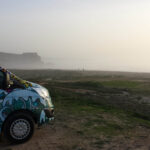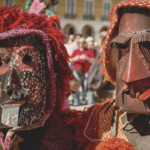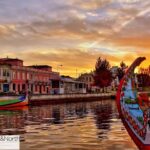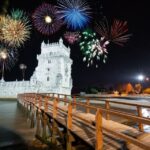From north to south of the country there are several traditional Carnival festivities in Portugal. But do you know when this fun cultural date came into being?
Carnival in Portugal
If you are not from Portugal or Brazil, you may not be particularly familiar with Carnival other than being aware of the famous carnival parades in some cities around the world. However I am here to show you carnival is very big deal here and there are many different ways it is celebrated, including an UNESCO Intangible Heritage of Humanity.
Where did Carnival come from?
It has roots in the catholic religion. In the beginning, carnival originated in Italy when people would put on costumes and celebrate the day before lent. They would have large feasts where they would eat up all the meats since meat was forbidden during lent.
When did Carnival begin in Portugal? This is not officially known as there are several theories on the origin of Carnival. It is known, however, that it arrived in Portugal in 1252, thanks to a document signed by King Afonso III.
Initially known as Entrudo – which means “entering” – it referred to celebrations in the religious calendar and was always marked by popular spontaneity as people took to the streets throwing water and eggs at each other. Parades on floats, costume parades and masked balls were also some of the forms of entertainment of the time.
Nowadays, Carnival in Portugal is celebrated all over the country, mixing the most varied cultural and traditional expressions. We will explore some of the most popular and interesting forms of carnival around Portugal.
Firstly in the North of Portugal…
Caretos of Lazarim
The Caretos of Lazarim are men and women who dress up and assume diabolical carnival figures, incorporated into the Festas dos Rapazes (The boys Party. The Caretos boys wear devilish masks made from alder wood by village craftsmen (the wood is collected from the valley of the river Varossa), but it is the devil that dresses them up! The Caretos boys then put on costumes made of ferns, leaves, cork and sticks. They reuse things they have around such as haystacks and hay bags. They dress and cover their faces with the unpainted masks. At the end of the parade, everyone removes their masks and then there are prizes for the best masks.
Carnival in Lazarim is one of the most genuine in the country. The wooden faces of demons with pointed horns sneak up on people, startling them. Other masks mingle with the crowd, running, roaring and jumping around. They have many different expressions and different aspects such as snakes, pointed ears, sharp horns etc.
In Lazarim, most of the festivities take place in the four days prior to Carnival. During those days, the village is filled with activities to promote the caretos, such as the meeting with artisans (Saturday), the photographic raid and the ethnographic parade (Sunday), with local caretos and also guests from outside, to the sound of resounding drums. .
Thousands of people visit the village in those days, but it is on Shrove Tuesday that Lazarim “bursts at the seams”. On Carnival afternoon, the new masks take to the streets, mingling with the crowd, before the war of wills . Yes, because Carnival in Lazarim, one of the most curious popular Portuguese festivals, is also associated with the ancient game of rivalry between the sexes.
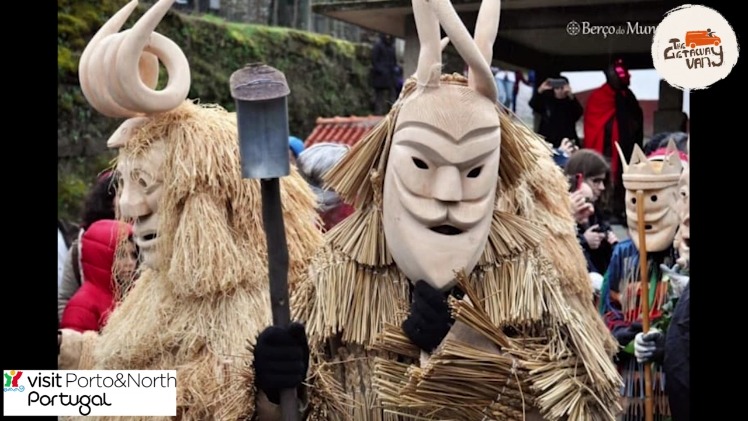
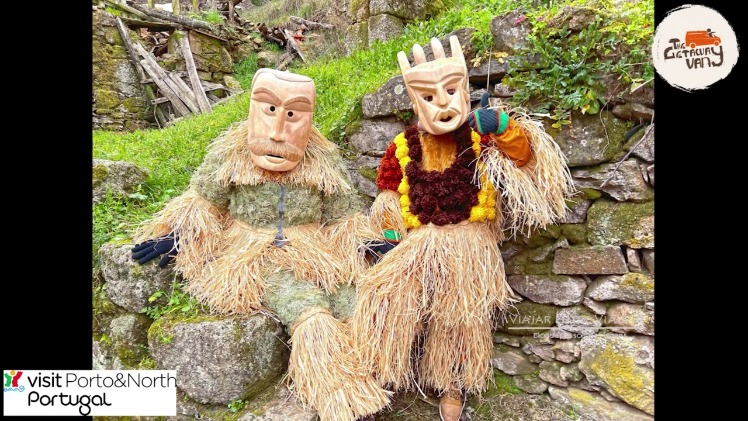
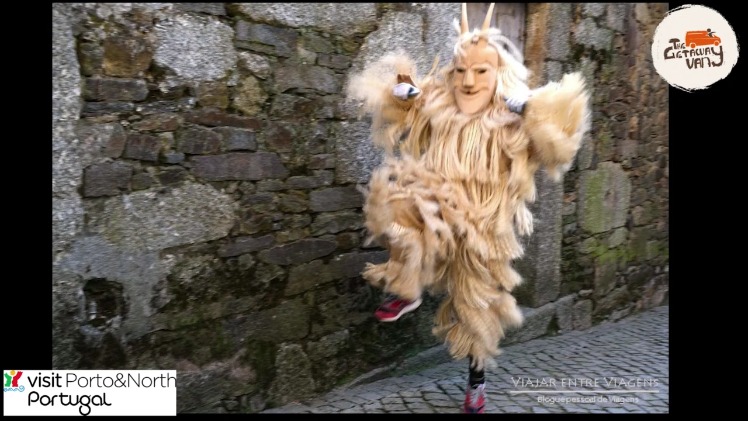
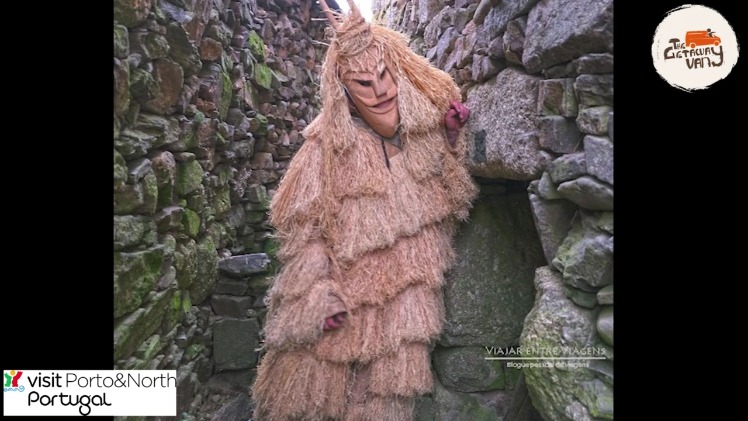
Caretos De Podence
In the village of Podence, close to Macedo de Cavaleiros and 40 km from Bragança, Carnival is once again one of the most important events in the annual calendar. It’s when the famous Caretos of Podence appear in the streets, diabolical figures that at this time of the year are authorised to show themselves.
During carnival the boys in the village appear as mysterious characters dressed in colourful clothes, made from bedspreads with fringes, and covering their faces with masks made from wood or leather, with a pointed nose. Different to Lazarim the masks are not made of wood, but metal and are very brightly coloured. They carry bells and cowbells around their waist, and energetically run round the village, jumping and shouting, disturbing the daily calm. One of the main reasons for these races is to find girls in order to dance with them and “chocalhar” (jingle their cow-bells). They amuse themselves in this manner, protected under the disguise of anonymity. The youngest boys, who follow and imitate the Caretos are called Facanitos (little knives) and guarantee continuity of the tradition.
During the evening of Fat Sunday, fictitious weddings are held between unmarried young men and women, in a farcical ceremony. It’s a moment of humour, in which the chosen bride and bridegroom have no chance to complain. The following morning, according to tradition the boy must visit the girl that he was allocated by means of a lucky draw, and will receive sweets and fine wine in a gesture of thanks.
The Caretos of Podence are a symbol of culture in the North-East Tras-os-Montes region, they are officially an UNESCO Intangible Heritage of Humanity and symbolise carnival in Portugal. People come from all over the world to experience this unique cultural celebration.
You can see a snippet of what to expect at this carnival from our friends at Visit Portugal and the North here.
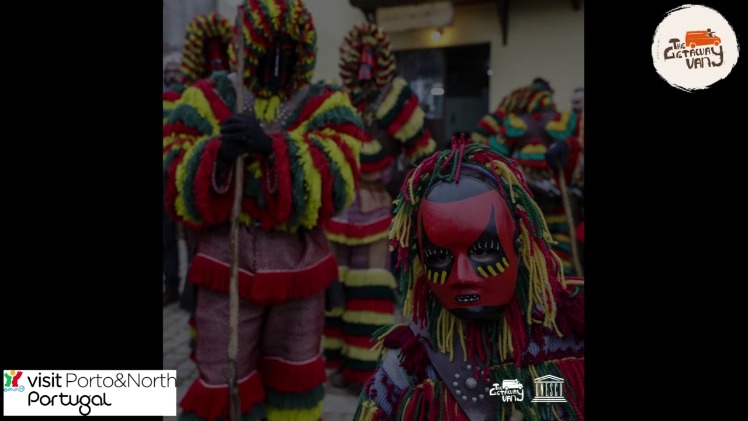
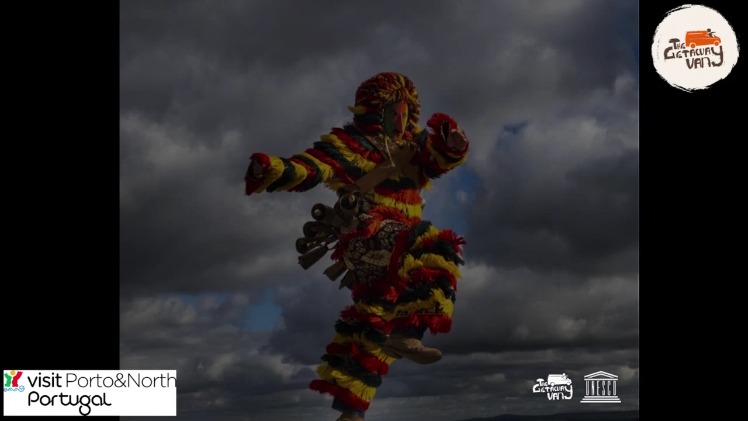
You can what to expect at this carnival from our friends at Visit Portugal and the North here.
Also in the North, if you want a carnival parade
Carnival in Famalicão
The big carnival night, from the 20th to the 21st of February, will once again bring thousands of revelers to the city centre, in a movement that has been growing over the last few years and makes the Famalicão carnival a national reference. It’s said that the Carnival of Famalicão is unique in the Country.
The celebration of the Carnival in this city was born with the will of the local inhabitants, who every year go out in the street en masse and incarnate several characters. This celebration in Famalicão is recent, but with the passage of a few years, it has gained strength and nowadays it’s very popular.

Ovar Carnival - Centre of Portugal
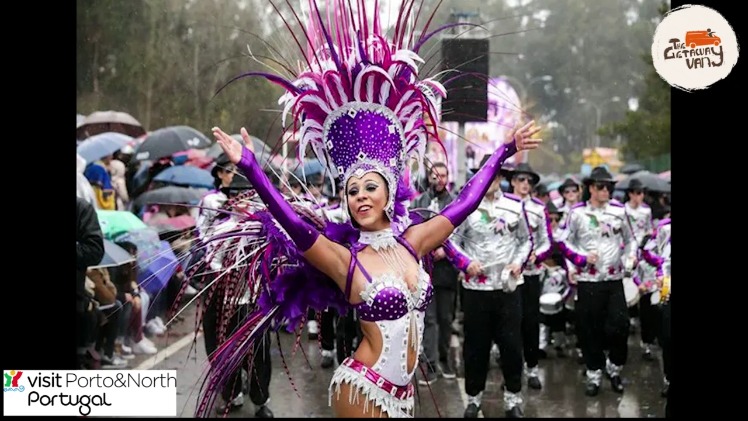
The Carnival in Ovar is an event that is expected all year. It’s a party that attracts thousands of people to this region.
The most celebrated days are the Day of the Carnival Parade (Fat Sunday and Carnival Tuesday) and the night of Monday. These days attract revelers from all over the country not only to enjoy themselves but also to see the parade that was prepared all year round.
In this preparation the masked ones reunite with their families, to construct themselves the masks, costumes, and the allegorical cars.
It is a very lively Carnival, full of colour, fantasy, exoticism, and creativity. This is undoubtedly one of the best carnivals in the country.
Torres Vedras - Near Lisbon
If you like Carnival, Torres Vedras is the ideal place to celebrate the event. The celebration is done with allegorical cars (which are large floats that look like people or things used to represent satire of national and international current affairs), matrafonas (men who dress as women), and the famous cabeçudos (dolls with 3-4 meters with a head made of paper pulp) that are accompanied by the “Zés-Pereiras”, drumming groups, with traditional drums and bagpipes.
This is a celebration that no one just stands around. The launching of “Cocotes” (objects made of paper and remains of sawdust and rubber) is common in Torres Vedras.
On Saturday of Carnival, at night, the groups that have masked have the opportunity to participate in the parade of the party where in the end the winning group is elected.
It’s a Carnival that takes place in the centre of the city, with much excitement and is waiting for you.
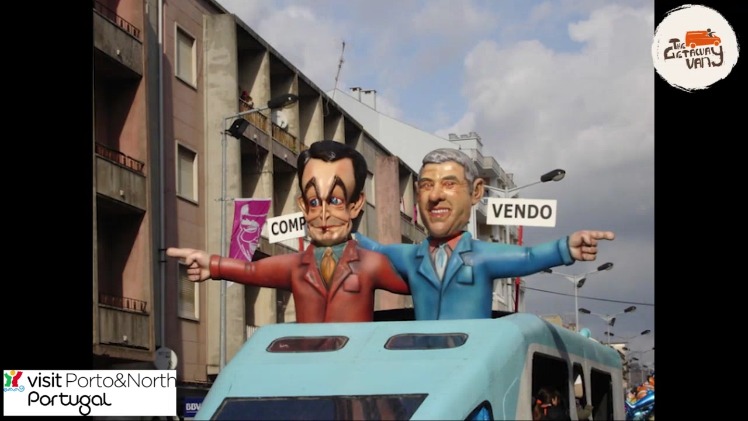
Loulé - The Algarve
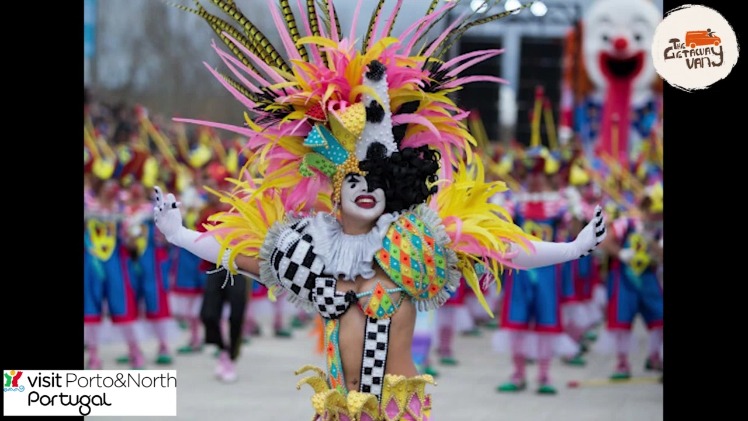
This is the oldest carnival in Portugal and is one of the most symbolic events of the Loulé carnival is of course the main parade that crosses the Avenida José da Costa Mealha. During the parade you can find the large floats, full of colors and decorations that attract the attention of all spectators. The floats are also filled with caricatured characters from the show business and Portuguese politics and some characters from Europe and the United States. Participants parade the avenue in colorful costumes, wearing masks or with painted bodies.
There are also children’s parades which are quite well attended. School children dress up according to their preferred theme and parade through the local streets. There are also minor events such as contests and sports activities.
Where are all of these places?
Where are you going to spend your carnival in Portugal? Here is a handy map to show you where the above places are so get planning and get a quote to get your van and get to your party!





